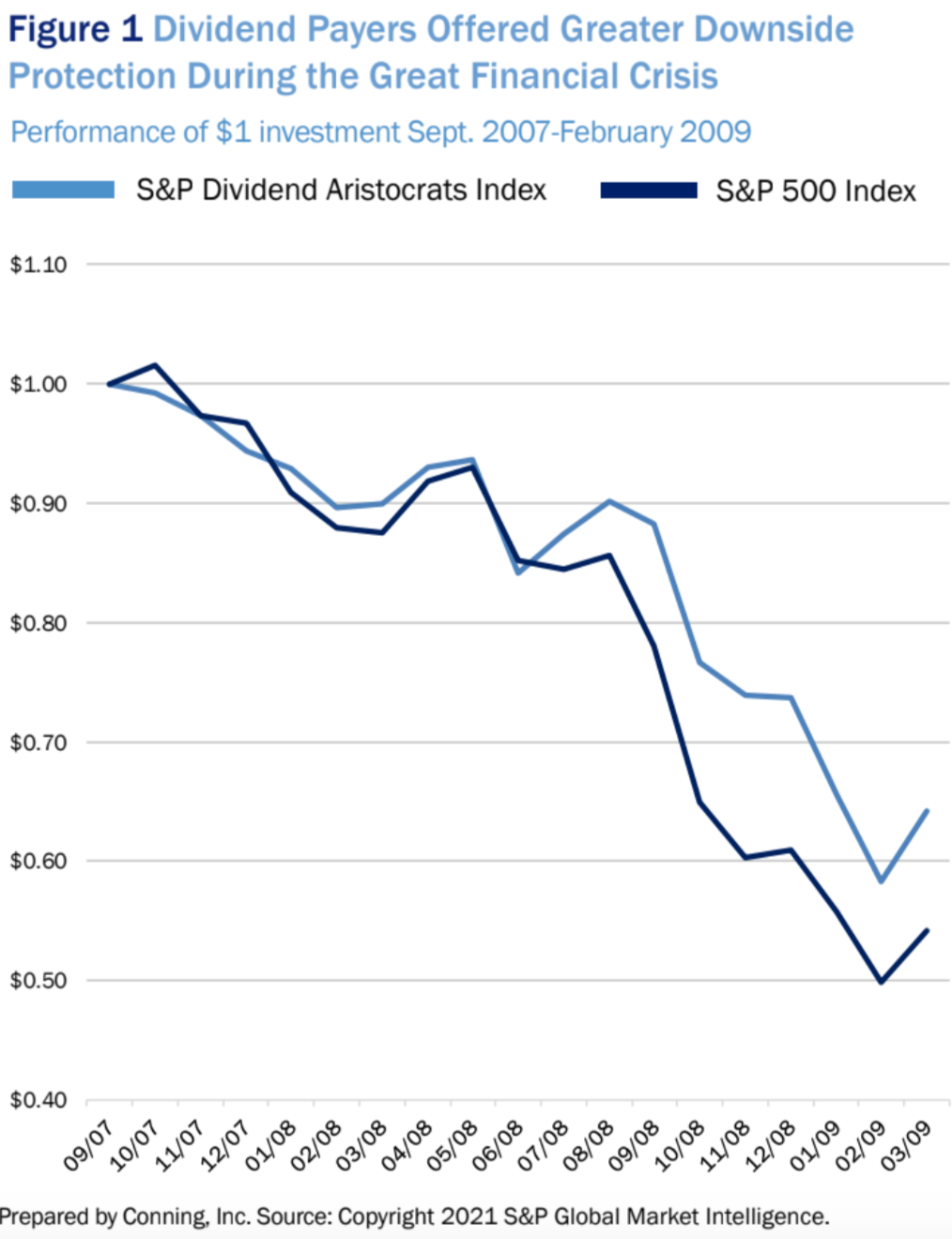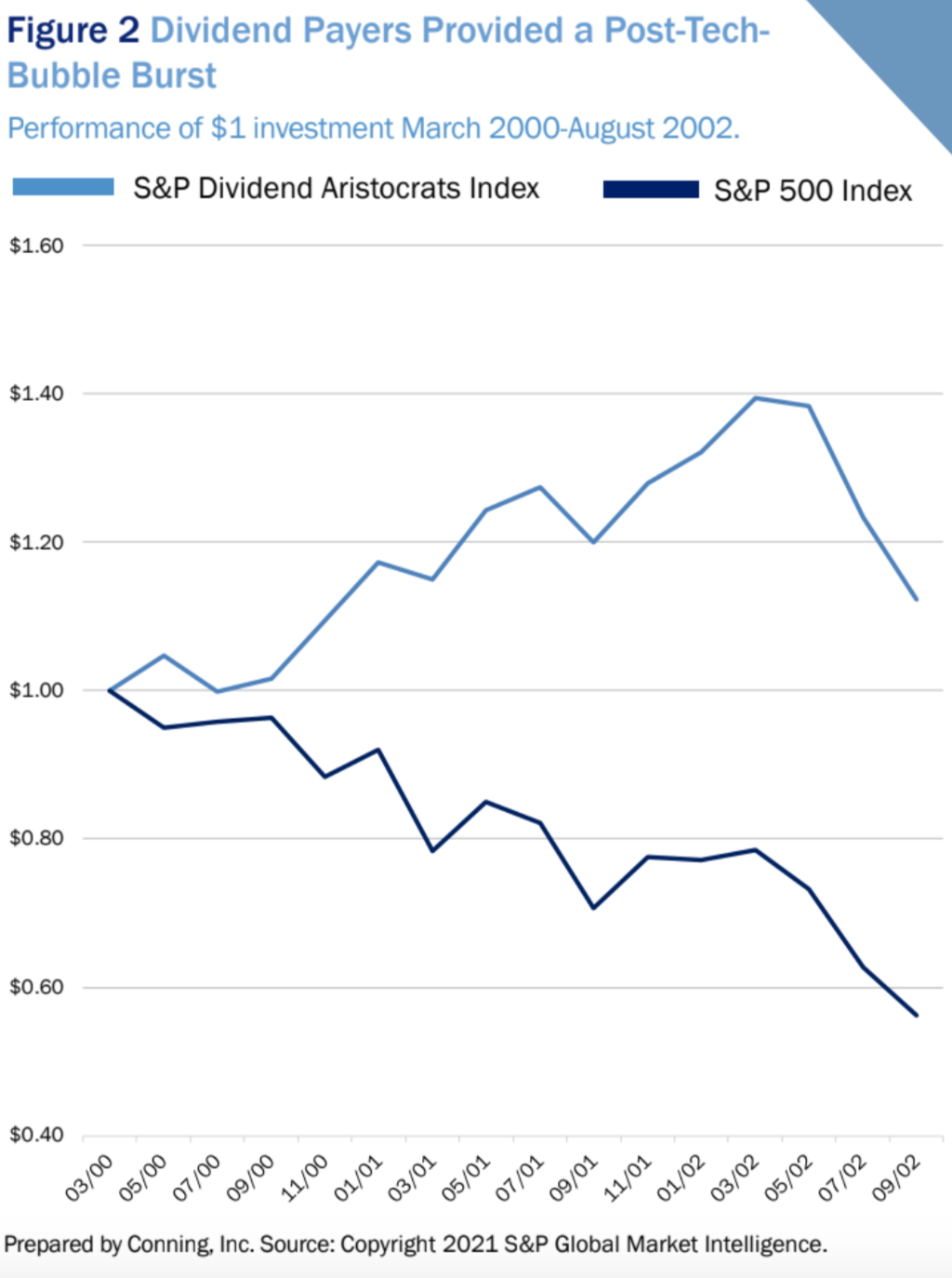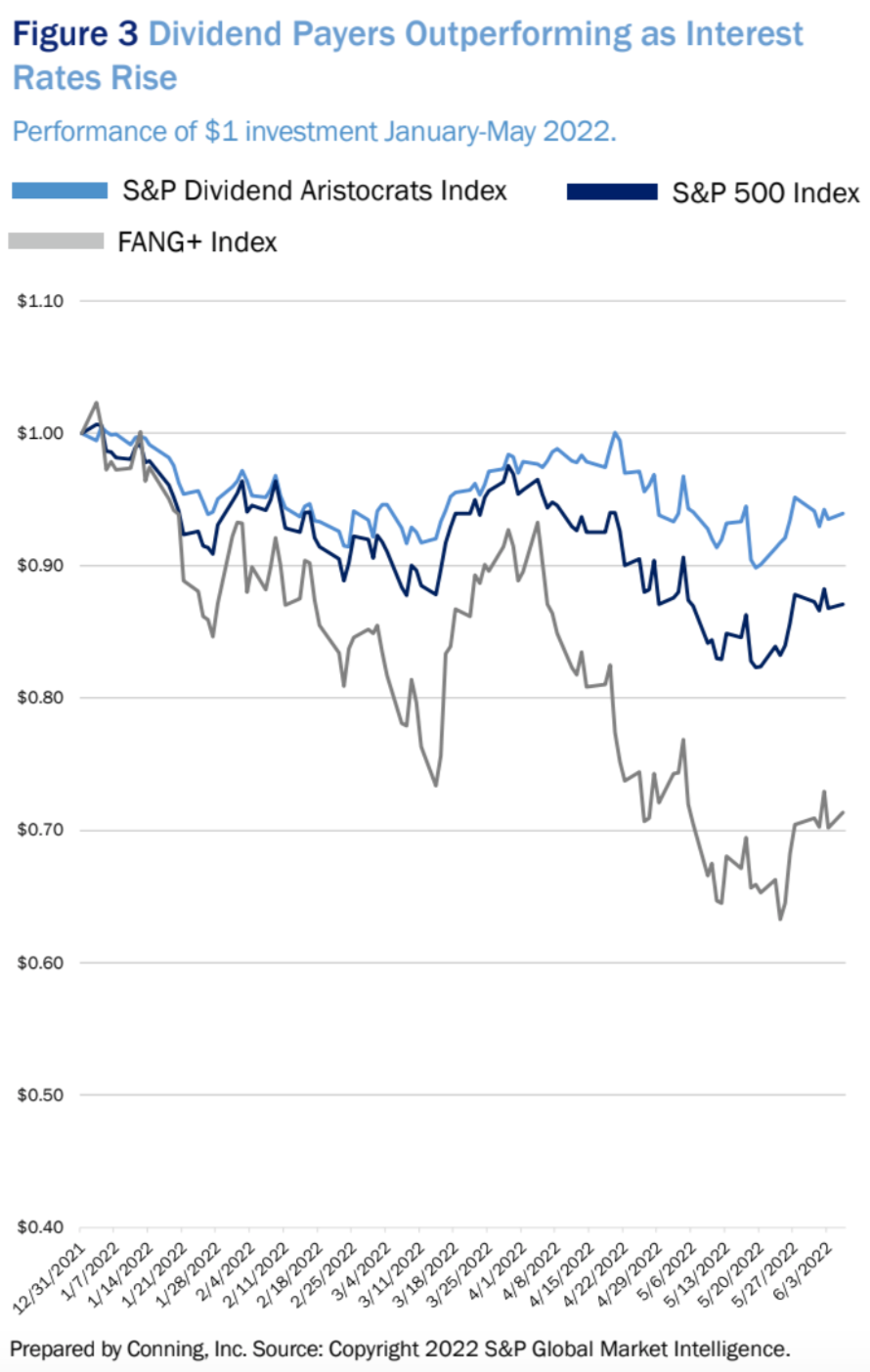In one of the industry’s most comprehensive analyses, Allianz Global Corporate & Specialty (AGCS) has identified the top causes of loss for companies from more than 530,000 insurance claims in over 200 countries and territories that it has been involved with between 2017 and 2021. (Typically, a number of insurers provide coverage jointlym considering the huge values at stake in the corporate sector.) These claims have an approximate value of €88.7 billion, which means that the insurance companies involved have paid out – on average – over €48 million every day for five years to cover losses.
Top Causes of Loss
The analysis shows that almost 75% of financial losses arise from the top 10 causes of loss, while the top three causes account for close to half (45%) of the value. Despite improvements in risk management and fire prevention, fire/explosion (excluding wildfires) is the largest single identified cause of corporate insurance losses, accounting for 21% of the value of all claims. Fires have resulted in more than €18 billion of insurance claims over five years, according to the analysis. Even the average claim totals around €1.5 million.
Natural catastrophes
Natural catastrophes (15%) rank as the second top cause of loss globally by value of claims. Collectively, the top five causes (based on more than 20,000 claims around the world) are: hurricanes/tornados (29%); storm (19%); flood (14%); frost/ice/snow (9%); and earthquake/tsunami (6%). They account for 77% of the value of all disaster claims. Hurricanes and tornados are the most expensive cause of loss; two of the past five Atlantic hurricane seasons (2017 and 2021) now rank among the three most active and costliest on record, and there has recently been record-breaking tornado activity.
Insurers are also seeing new scenarios. During 2021, the Texas Big Freeze in the U.S. and flooding in Germany stood out because of unexpected claims. The Texas freeze in February caused huge disruption to infrastructure and manufacturing, with many companies forced into shutdowns by widespread power outages, resulting in property damage and in some large contingent business interruption (CBI) losses. This event alone is estimated to have caused economic losses up to $150 billion.
Faulty workmanship/maintenance incidents are the third top cause of loss overall (accounting for 9% by value) and are also the second most frequent driver of claims (accounting for 7% by number, ranking only behind damaged goods, with 11%). Costly incidents can include collapse of building/structure or subsidence from faulty work, faulty manufacturing of products/components or incorrect design.
The other top 10 causes of loss are: aviation collision/crash (#4; 9%), machinery breakdown (#5; 5%), defective product (#6; 5%), shipping incidents (#7; 3%), damaged goods (#8; 3%), negligence/bad advice (#9; 2%) and water damage (#10; 2%).
Inflation’s Impact on Claims
Inflation is bringing pressure on claims costs from multiple angles. Property and construction insurance claims, in particular, are exposed to higher inflation, as rebuilds and repairs are linked to the cost of materials and labor, while shortages and longer delivery times inflate business interruption (BI) values. Other lines of insurance, such as directors and officers, professional indemnity and general liability, are also susceptible to inflationary pressures through rising legal defense costs and higher settlements.
Replacement costs more, and replacement takes longer, and this means both the property damage and the business interruption loss are likely to be significantly higher. Updating insured values for all new contracts is therefore a pressing concern for insurers, brokers and insureds. The insurance market has already seen a number of claims where there has been a significant gap between the insured’s declared value and the actual replacement value. For example, in a claim for a commercial property destroyed in the 2021 Colorado wildfires, the rebuild value was almost twice the declared value, due to a combination of inflation, demand surge and underinsurance.
See also: Taking Care of Small-Medium Business
Business Interruption Losses on the Rise
The claims analysis also highlights the growing relevance of BI as a consequence of losses in property insurance, and the fact that CBI claims have reached a new high over the past year. Costs associated with the impact of BI following the aftermath of a loss can significantly add to the final bill. The average BI property insurance claim now totals in excess of €3.8 million compared with €3.1 million five years ago. For large claims (>€5 million), the average property insurance claim that includes a BI component is more than double that of the average property damage claim.
The number of CBI claims has increased year-on-year for the past five years, exemplifying the growing interdependence and complexity of corporate supply chains. The automotive industry alone has seen several CBI events during this period, with the overall growth in CBI claims exacerbated in the last two years by a large loss in the semiconductor manufacturing sector and the Texas freeze. The claims from these two events more than tripled the number of CBI claims in the previous three years.
The COVID-19 legacy and the Ukraine crisis
The report also investigates the insurance impact of recent specific claims events such as the pandemic and the Ukraine crisis. Insured losses from COVID-19 are in excess of $40 billion, according to industry estimates, with the bulk of claims coming from event cancellation insurance and BI claims from companies affected by lockdowns. The pandemic has also had knock-on effects, such as stressed supply chains, heightened inflation and financial insolvencies.
Meanwhile, Russia’s invasion of Ukraine is likely to result in a significant, yet manageable, loss for the global insurance industry. Insurers’ exposure to the conflict are limited by war exclusions, which are standard in most property/casualty insurance contracts. Expected insured losses from the war in Ukraine are comparable to a mid-sized natural catastrophe, according to AGCS, but specialist markets such as aviation insurance could yet suffer disproportionately.
To read the full AGCS report, please visit Global Claims Review 2022.























